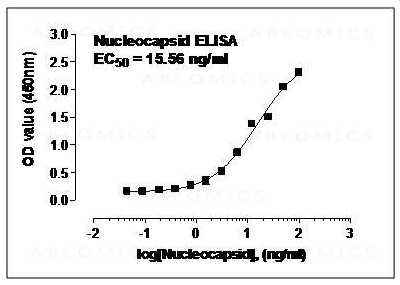Phospho-PKC (pan) (Clone: gamma Thr514) (Clone: PF4) rabbit mAb FITC conjugate

Fig-1: Flow cytometric analysis of HT1080 cells, treated with staurosporine and unstained as negative control (blue) or treated with stauosporine (red) or untreated (green) and stained using Phospho-PKC (pan) (gamma Thr514) antibody PKCgT514-PF4 FITC conjugate.
Roll over image to zoom in
Shipping Info:
For estimated delivery dates, please contact us at [email protected]
| Format : | Conjugated |
| Amount : | 100 Tests |
| Isotype : | Rabbit IgG1k |
| Content : | 1X PBS, 0.09% NaN3, 0.2% BSA |
| Storage condition : | Store at 2-8°C. Avoid repeated freeze and thaw cycles. |
| Alternative Name : | Protein kinase C gamma type, PRKCG, PKCG |
| Immunogen Information : | A synthetic phospho-peptide corresponding to residues surrounding Thr514 of human phospho PKCg |
For flow cytometric staining, the suggested use of this reagent is 5 µL per million cells or 5 µL per 100 µL of staining volume. It is recommended that the reagent be titrated for optimal performance for each application. See product image legends for additional information.
For Research Use Only. Not for use in diagnostic/therapeutics procedures.
|
There are currently no product reviews
|

















.png)











